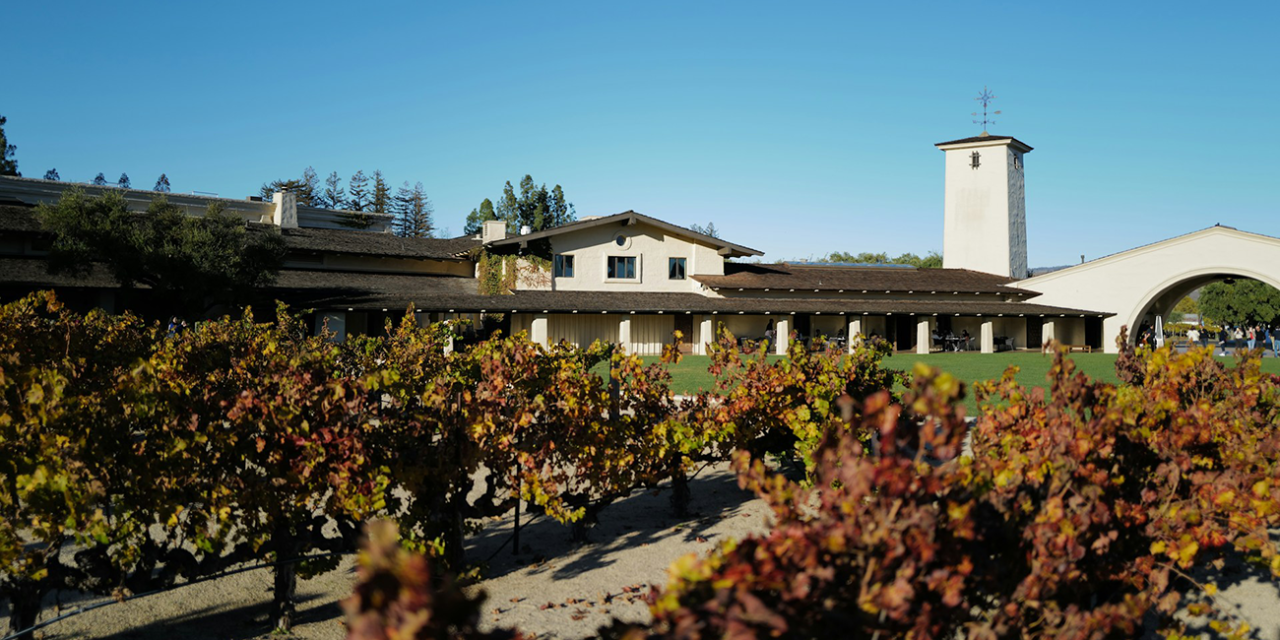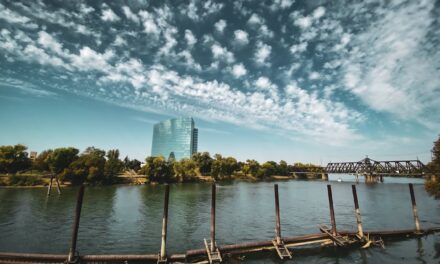Ever wonder how Napa became synonymous with fine wine in America?
My own history is intertwined with the roots of the vines in this fertile valley. Let me take you on a stroll down the historical vineyards of Napa, California, where each grape seems to hold a story.
Table of Contents
The Indigenous Beginnings and Spanish Settlers
The Wappo Tribe
Before Napa’s fame as a wine haven, it was home to the Wappo tribe.
These native people cherished the land long before it became known for its current bounty.
- The Wappo lived in harmony with nature, using the rich resources of the valley.
- Their deep respect for the land laid the groundwork for Napa’s future agricultural success.
- Artifacts and cultural sites from the Wappo era can still be found throughout the region.
Spanish Influence
Then came the Spanish, planting the early seeds of change.
- Spanish missionaries and settlers arrived in the late 18th century.
- They introduced European agricultural practices, including the first grapevines.
- The Spanish established missions that became centers of farming and viticulture.
The Spanish brought with them the knowledge and tools that would eventually transform Napa into a wine-producing powerhouse.
Napa’s First Grapevines: The Pioneer Planters
George Calvert Yount
Did you know that in the mid-1800s, a settler named George Calvert Yount planted Napa’s first grapevines?
Imagine the wild frontier then, with vines taking root where oaks once stood alone.
- Yount’s vineyard was planted in 1839, marking the beginning of Napa’s wine industry.
- His success inspired others to experiment with viticulture in the valley.
- Yountville, a town in Napa Valley, is named in his honor.
Yount’s pioneering spirit set the stage for Napa’s transformation into a premier wine region.
The Birth of a Wine Haven
Visionaries and Pioneers
By the turn of the 20th century, visionaries like Charles Krug had already seen the potential in Napa’s soil.
Their foresight was uncanny.
- Charles Krug founded Napa Valley’s first commercial winery in 1861.
- Other pioneers, such as Gustave Niebaum and Jacob Schram, followed suit, establishing their own wineries.
- These early vintners experimented with various grape varieties and winemaking techniques.
These pioneers laid the groundwork for a future wine paradise, recognizing the unique potential of Napa’s terroir.
Surviving Prohibition: A Test of Resilience
The 18th Amendment
The 18th Amendment hit Napa hard. Vintners had to pivot or perish.
Many turned to prunes and walnuts to survive. Yet, the vines remained, waiting for their Renaissance.
- Prohibition (1920-1933) forced many wineries to shut down or switch to producing sacramental wine.
- Some vineyards were uprooted and replaced with other crops.
- Despite these challenges, a few wineries managed to survive, preserving Napa’s winemaking heritage.
The resilience of Napa’s vintners during Prohibition ensured that the valley’s wine legacy would endure.
A Renaissance in a Glass: The Post-Prohibition Boom
The Comeback
Post-Prohibition, the wine industry flourished once more.
Winemakers like Robert Mondavi didn’t just resurrect Napa wine; they reinvented it, drawing connoisseurs from every corner of the globe.
- Robert Mondavi established his winery in 1966, emphasizing quality and innovation.
- New winemaking techniques and a focus on premium varietals elevated Napa’s reputation.
- The valley attracted international attention and investment, leading to a wine renaissance.
This period marked the rebirth of Napa’s wine industry, setting new standards for excellence and innovation.
Judgment of Paris: Napa on the World Stage
The 1976 Tasting
The year 1976 was pivotal. A blind tasting event in Paris put Napa head-to-head with French wines.
And guess what? Napa won. That victory wasn’t just for Napa but for wines outside of Europe.
- The Judgment of Paris saw Napa’s Stag’s Leap Wine Cellars and Chateau Montelena triumph over renowned French wines.
- This event catapulted Napa Valley to global prominence.
- It proved that American wines could compete with the best in the world.
The Judgment of Paris was a watershed moment, cementing Napa’s place on the international wine stage.
A Modern-Day Wine Mecca
Contemporary Napa
Today, Napa is home to over 400 wineries. Each visit to a tasting room is a sip of history.
These are not mere wines; they are liquid legacies.
- The region attracts millions of visitors annually, eager to experience its world-class wines.
- Napa’s wineries range from historic estates to cutting-edge boutique producers.
- The valley’s culinary scene, luxury accommodations, and scenic beauty enhance its appeal.
Napa’s continued success is a testament to its enduring allure and commitment to excellence.
Sustainable Winemaking: Preserving the Legacy
Commitment to Sustainability
As a resident, it’s heartening to see Napa’s commitment to sustainability.
Protecting the land ensures that the history of this place continues to flow for generations.
- Many wineries employ organic and biodynamic farming practices.
- Initiatives to reduce water usage, energy consumption, and carbon footprint are widespread.
- Sustainability is not just a trend but a core value in Napa’s winemaking community.
Sustainable practices ensure that Napa’s vineyards will thrive for future generations.
Q&A: Decanting the Past, Present, and Future of Napa
Napa’s Unique Terroir
Q: What makes Napa’s soil so conducive to vineyards?
A: It’s a combination of volcanic soil, a unique microclimate, and perhaps a touch of magic. This terroir is unmatched, offering perfect conditions for those world-renowned grapes.
- The diverse soil types and microclimates within the valley allow for a variety of grape varietals.
- The region’s climate provides the ideal balance of sun, fog, and rainfall.
- This unique combination contributes to the distinct flavors and qualities of Napa wines.
Bouncing Back After Prohibition
Q: How did Napa bounce back after Prohibition?
A: Innovation and sheer grit. Many wineries shifted to sacramental wines, while others lay dormant. But the passion for winemaking never faded, and it surged back with the repeal.
- The repeal of Prohibition in 1933 allowed wineries to resume production and expand.
- Visionary winemakers introduced new techniques and varietals, revitalizing the industry.
- Napa’s recovery was driven by a renewed commitment to quality and innovation.
A Historical Tour of Napa
Q: Can a visit to Napa also be a historical tour?
A: Absolutely. Visiting the old estates and wineries is like walking through a living museum. Each one tells a part of Napa’s story.
- Historic wineries like Charles Krug, Beringer, and Inglenook offer glimpses into Napa’s past.
- Guided tours, tastings, and events provide insights into the region’s rich heritage.
- Exploring Napa’s vineyards and cellars is a journey through time and tradition.
Napa’s history is preserved in its wineries, offering visitors a unique and immersive experience.
From the Vine to the Future
Napa’s Legacy
In wrapping up, Napa is more than a region; it’s transformation, community, and passion.
It’s where dreams of creating the perfect wine became a reality. It’s a testament to human perseverance and the alchemy of earth and effort.
- Napa’s story is one of resilience, innovation, and dedication to the art of winemaking.
- The valley continues to evolve, embracing new challenges and opportunities.
- Napa’s legacy is celebrated and cherished by its residents, winemakers, and visitors.
So, what will you discover on your next trip to Napa? Will you unravel the stories behind the vines?
Napa is an open book, waiting for you to turn the page. Are you ready to step into history with a glass in hand?





